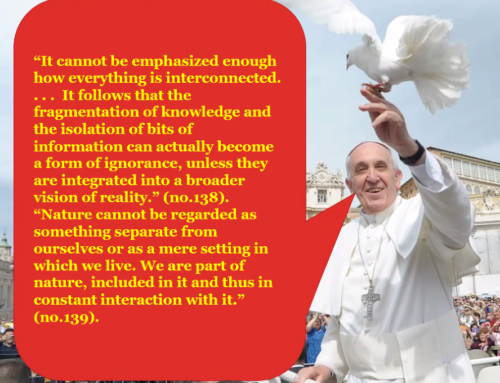Loeb is the Frank B Baird Jr Professor of Science at Harvard and, until recently, the longest-serving chair of Harvard’s department of astronomy. When we speak, he is in his home office – big old fireplace, books about the cosmos, a remarkable quantity of dark wood – preparing to discuss his new book, Extraterrestrial, in which he argues an exotic hypothesis: that ‘Oumuamua was “designed, built and launched by an extraterrestrial intelligence”. Loeb is 59, but energised like a child. “I should tell you,” he warns, gently teasing, a few days after the US Capitol is stormed. “Today I’m supposed to be interviewed by Fox News. Some people said, ‘Avi, don’t do it. How could you do that?’ And I said, ‘Look, science doesn’t have a political agenda – we should speak to everyone!’”
By the time humanity noticed the object, it was already leaving the solar system. 19 October 2017. Astronomers at the University of Hawaii spot an odd shape tumbling away from Earth, a bright speck hurtling through the deep dark. Informally, they name it ‘Oumuamua, from the Hawaiian for “scout”, and classify it an interstellar asteroid, the first known to visit our solar system. Really, nobody could be sure what it was. Asteroids are rocky and dull and commonly round, but ‘Oumuamua was shiny and elongated. Astronomers had first thought it a comet, but comets have bright gassy tails, and here there wasn’t one. The more data was collected, the more mysterious the object seemed. “Time after time it looked unusual,” says the astrophysicist Avi Loeb, over Zoom. “At some point it crossed a threshold for me. And at that point you say, ‘OK, come on!’”

